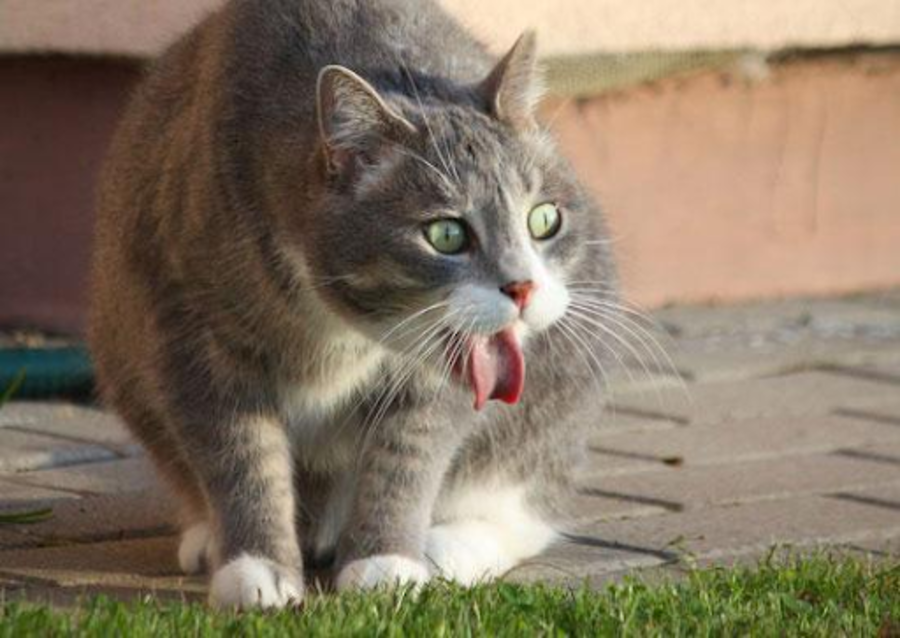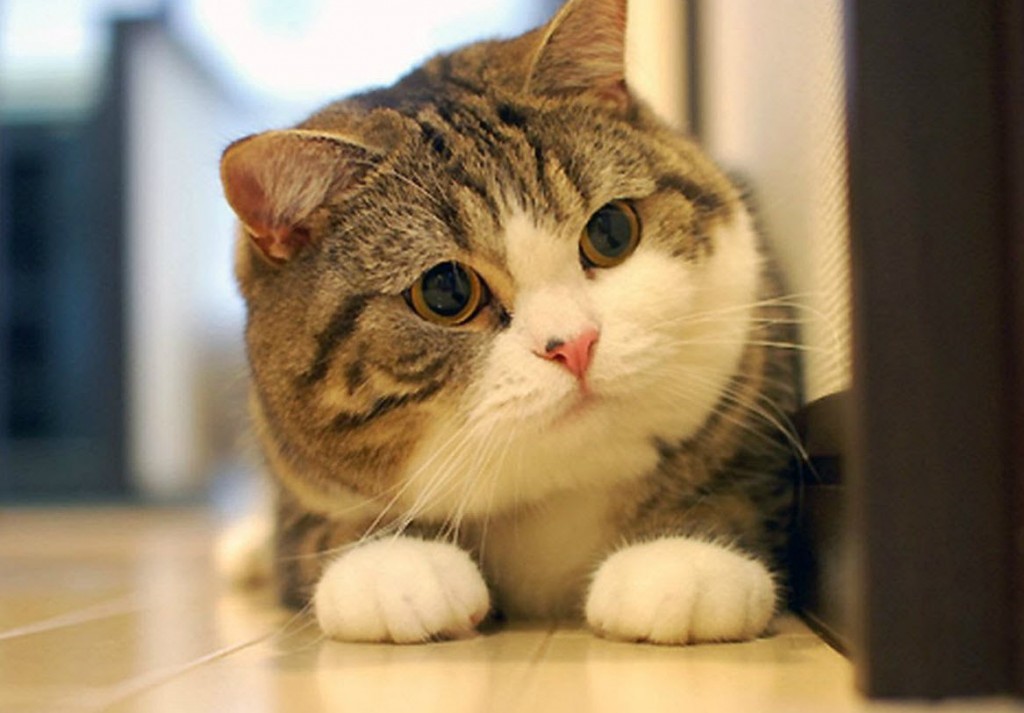Knowing ways to recognize a sick cat is a thing you should be interested, especially about their symptoms.
Taking care of cats is like to care a child. The next reading, you has known some ways to recognize a sick cat. Next, we want to introduce the second method about how to recognize sick cats, which is observing their symptoms.
1. Recognize vomiting
If your cat is vomiting, especially several times a day, and feels tired, this can be a clear sign. In case your cat does not drink water or vomits after drinking, they need to be taken to the doctor.
Most cats are vomiting, which means they vomit occasionally (once or twice a week) to purge their bodies. You don’t need to worry if your cat is still active, agile, has normal behavior and is eating well.
Image of cat vomiting
2. Observe diarrhea
Normal cat poop is shaped like a sausage. When you have diarrhea, the stool is liquid and has no fixed shape, and this is completely not normal. If your cat is still healthy, you can wait 24 hours to see if your cat has eaten anything that is not good for the intestines. However, if they are vomiting, not eating, lethargic, or lethargic, or have blood or mucus in their stools (frost-like substance), then you need to take your cat to see a doctor
3. Observe your cat’s activity level
Lethargy, or lack of energy, is a sign of fever, difficulty breathing, or pain. This is different from when cats sleep more, because when they are awake but do not have the energy to interact or participate in daily activities. If your cat is lethargic and breathing rapidly, you need to take them to the doctor immediately.
Take note of your cat’s behavior. If your cat is unusually tired and disinterested in daily activities, this could be a sign that they are malnourished or sick.
4. Detect respiratory problems
If your cat is breathing rapidly and shallowly or with its mouth open, and won’t strain itself, you need to take it to the vet. You also need to pay attention to how difficult it is for your cat to breathe. If your cat’s abdominal muscles bulge in an attempt to breathe, you need to take your cat to the doctor.
Sometimes purring can confuse the respiratory rate (making it faster), so you should count the breaths when your cat is not purring or sleeping. The normal respiratory rate in cats is 20-30 beats/minute, and is lower when they are relaxed.
Image of a cat
5. Pay attention to head tilt, dizziness, or disorientation
All of these signs can be symptoms of neurological disorders or ear infections. If these symptoms appear, you need to take your cat to the veterinarian immediately. Cats are agile creatures on flexible legs. If this trait changes and they become clumsy, clumsy, and tilt their head to one side, this is completely abnormal. Cats are at risk of stroke, high blood pressure, or even brain tumors, so taking them to the vet is a good idea.
6. Brush your cat regularly to check for tumors
Most lumps and boils are benign, but if they are oozing or tender, they should be examined. In addition, you need to pay attention to the bad smell coming from infected scratches. In this case, you must see a doctor immediately. If not infected, it can cause blood poisoning
7. Observe the cat’s eyes
Check your eyes (and nose) for excessive discharge. If your cat’s eyes look like she’s crying, she may have allergies or sinusitis. If the mucus is accompanied by increased water drinking/urination, lethargy, and a cloudy coat, your cat should be examined by a veterinarian to detect possible kidney dysfunction.
You should also check to see if your cat’s pupils are dilated. Some diseases cause your cat’s eyes to dilate and remain in that state. You need to take them to the doctor immediately if you discover dilated pupils.
Image of a cat
8. Check your cat’s mouth
Specifically, you need to observe signs of discolored gums. If you see the gums, especially black gums, turn pale, your cat may have a disease. You also need to smell their breath. If there is a strange smell that is not due to food, then they probably have a problem.
You have just known more about the second method in the series of ways to recognize sick cats, which is to observe the cat’s symptoms. According to these information, you can care your cats effectively and detailed.



